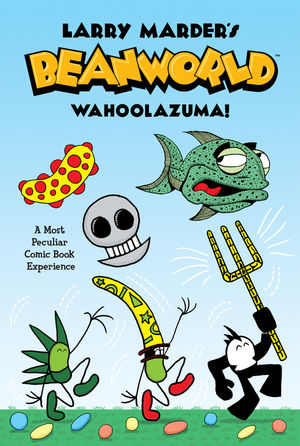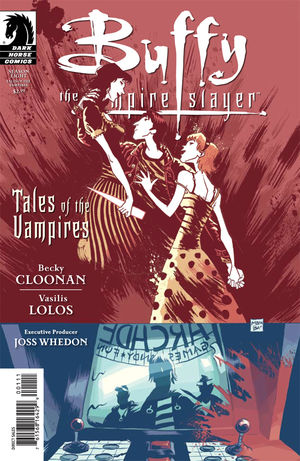 by Emmanuel Guibert and Alan Cope
by Emmanuel Guibert and Alan CopeSince I was in university, I have had an interest in reading memoirs and novels written by soldiers who had fought in the First World War. The Second World War has not held my interest in quite the same way. I've always felt that writing from that war was more focused on the more modern and mechanized aspects, and that it tends to lack the introspection of a soldier in the trenches.
This project, however, seemed intriguing from when I first became aware of it. Emmanuel Guibert befriended an elderly American veteran, who was a master storyteller. Together, the two of them decided to record the stories with Guibert's illustrations.
The book they produced is very charming and interesting. To be honest, Cope didn't do a lot in the war, if one is reading this to look in on major battles or offensives. He didn't really see combat, although statistically, that's true of most of the soldiers who served. What he did do, is travel around Europe a fair deal, and meet a number of interesting people on both sides of the conflict. He clearly was able to maintain a very strong memory into his last years, as his recollections are detailed and precise in many moments.
Guibert's art in this book is very nice. He has a simple style, and often draws over photographs, creating an interesting effect. Some pages are exceedingly minimalist in their approach, while others are chock full of fine detail. It had the effect of maintaining my interest through the final third of the book, where Cope basically drifts aimlessly for a while after the war, and tries to reconcile himself with religion.
Now, having read this, I'm even more fired up to get my hands on Guibert's newest release, "The Photographer".

































